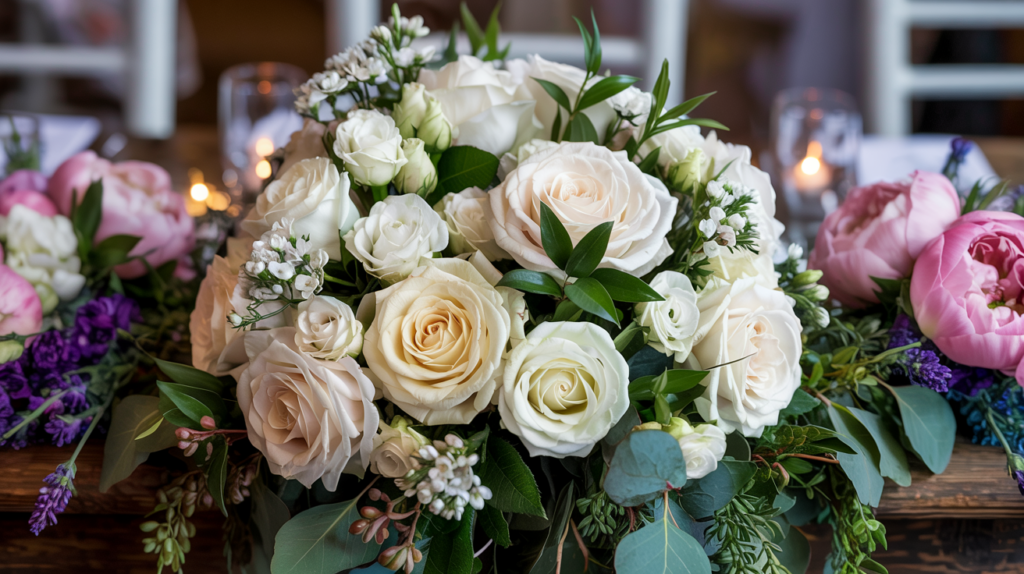
Key points
- The price of flowers vary based on location, occasion, and flower arrangements. Most couples spend around 8% of their total wedding budget on this.
- The type of flower can affect the price. Roses, carnation and daisies are less expensive than peony, orchid and others.
- Number and the size of arrangements control the total price. Basic wedding flower packages will usually have bridal bouquet, groom’s boutonniere, bridesmaids’ bouquets, and the centrepieces.
Contents
Introduction to Wedding Flowers
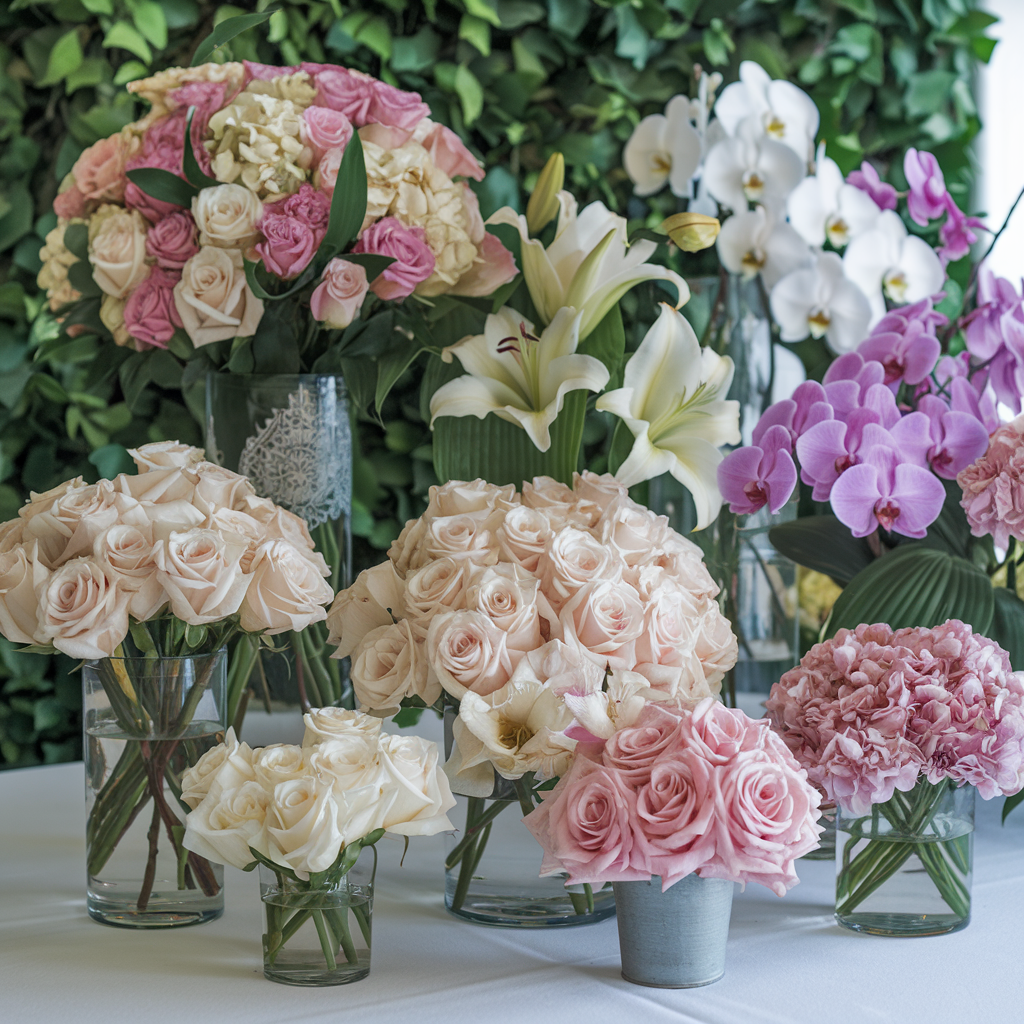
Flowers take up a large part of the budget but it adds color and life to weddings. They’re in bouquets, on tables, and even in hair.
Flower prices may vary depending on the choices you make and the wedding date. Seasonal blooms cost less than out-of-season ones. Rare flowers also cost more.
Importance of Flowers in Weddings
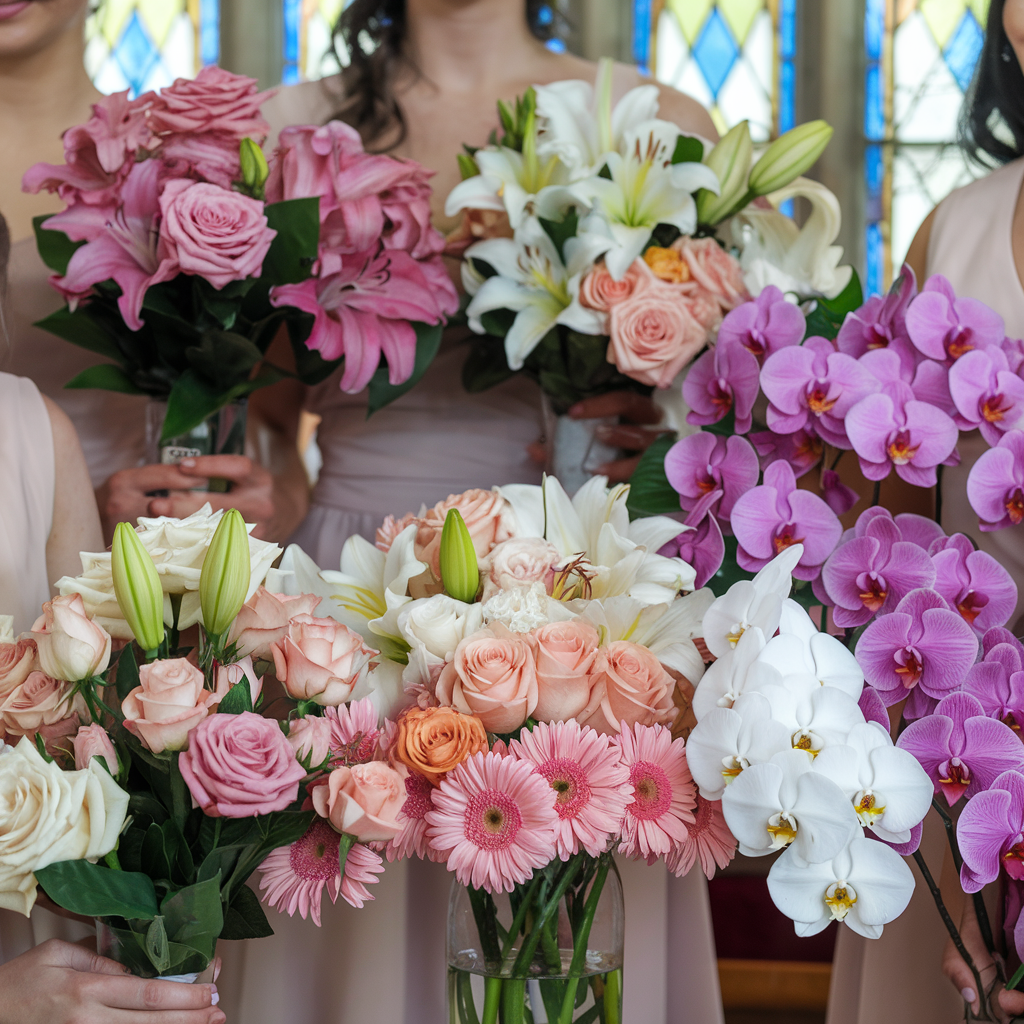

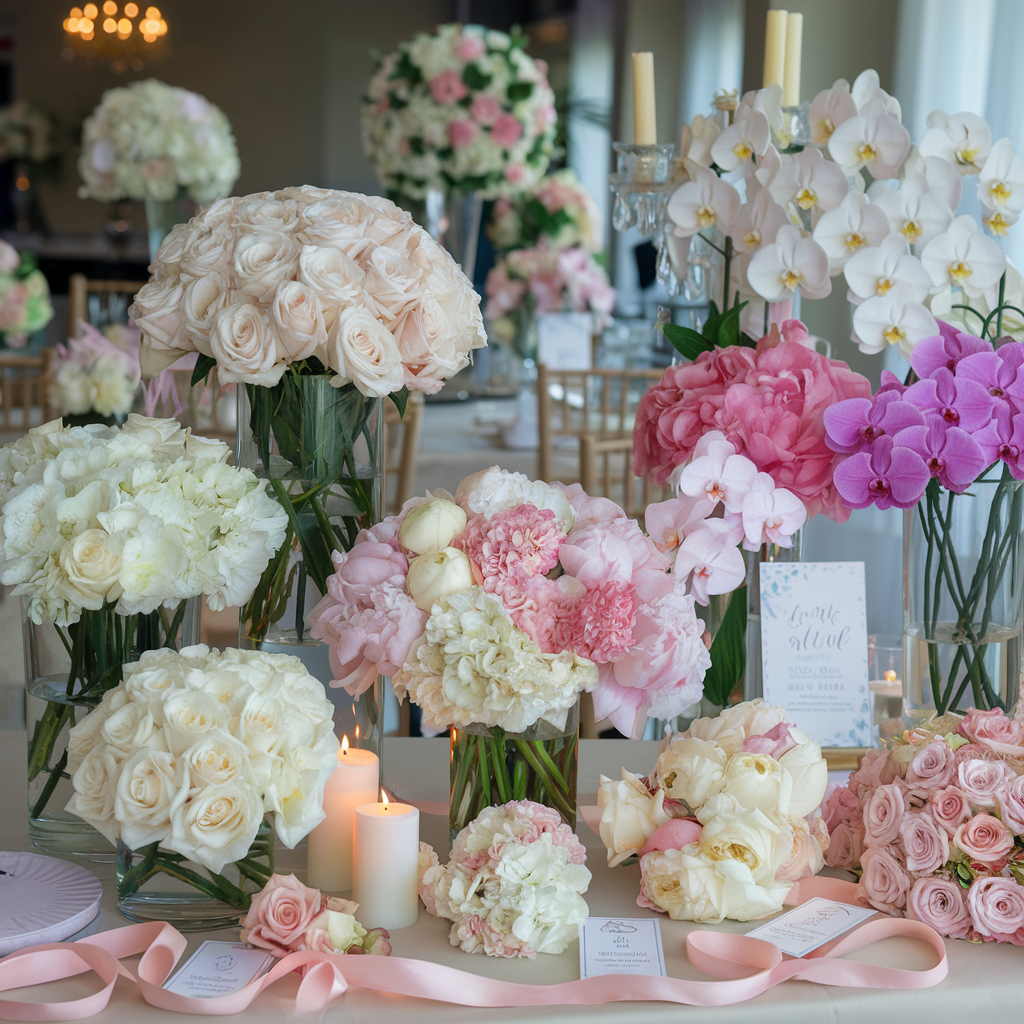
Flowers do more than look pretty at weddings – they set the mood and tell a story.
A more down-to-earth flower like a sunflower will give off a fun and casual vibe while a more classic flower like a white rose will give off a more formal vibe. They have meanings – roses for love or lilies for purity.
Flowers can transform a simple room into something magical. They also give off a scent that most people don’t know. The most suitable flowers can bring shade into your wedding photos.
A study in the Journal of Environmental Psychology found that flowers can boost people’s mood at events: “Flowers can be powerful symbols.”
Overview of Floral Expenses in Wedding Planning
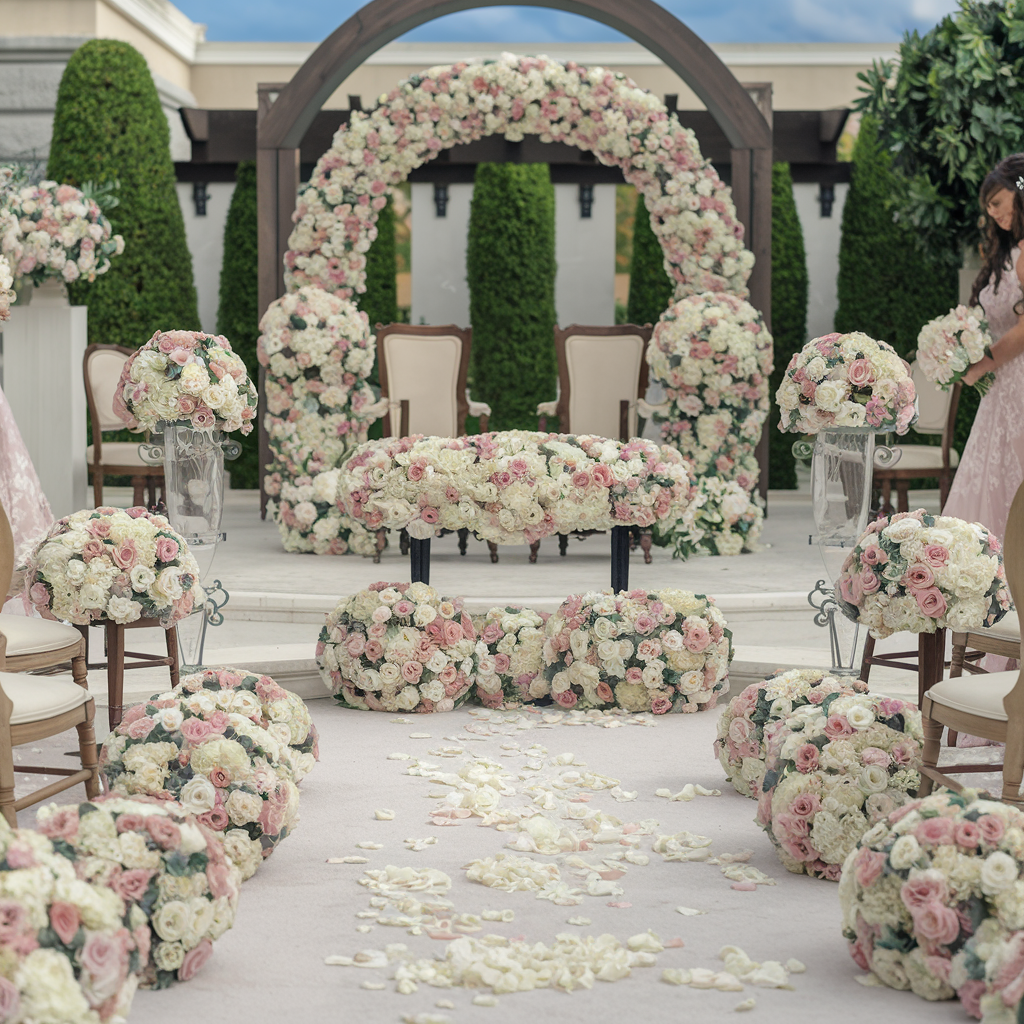
But where does all that flower money go? Here is a breakdown of expenses.
- Bridal bouquet – $150-$350
- Bridesmaid bouquets – $65-$125 each
- Centerpieces – $75-$250 each
- Guy’s boutonnieres – $10-$25
- Mom’s corsages – $20-$45
- Ceremony flowers – $200-$500
- Delivery and setup fees $100-$200
Factors Influencing Flower Costs
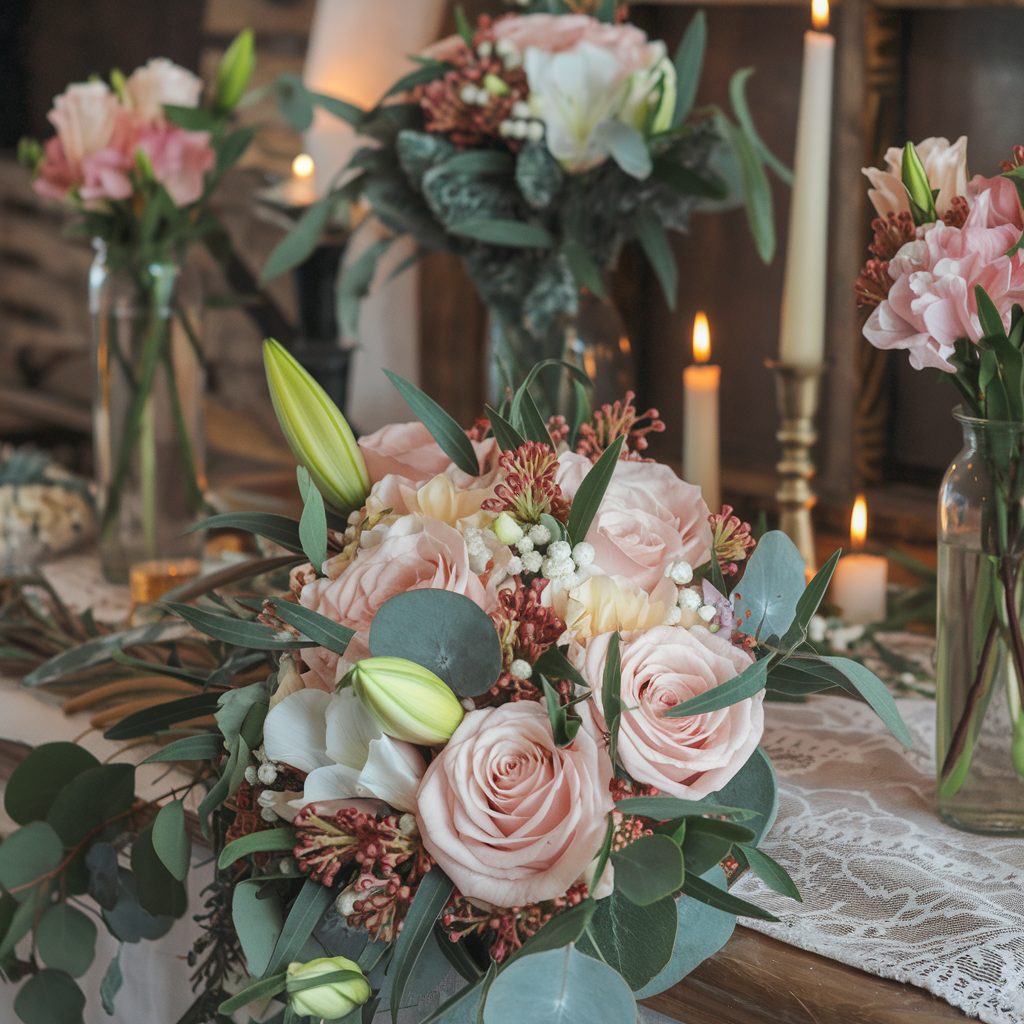
The national average for wedding flowers is $1,500-$2,500 but some couples can spend $700 to $5,000+ for flowers.
Seasonality of flowers
Seasons matter with wedding flowers. Flowers that are in the season cost less than others. For example: Tulips might in spring might be half the price that they are in fall.
Summer and spring weddings offer more flower choices at better prices. Winter weddings tend to be pricier but amaryllis, anemones, and evergreens are all great winter choices that won’t break the bank.
Choice of flower types
The flowers you pick change everything about your costs. Roses and carnations are not too expensive but peonies, gardenias, and orchids are. These fancy blooms cost 3-5 times more per stem.
Here is a little breakdown: standard roses are $3-6 per stem while garden roses are $10-15 each. And those gorgeous peonies? They cost $7 a stem to start but go for $15+ if out of season.
The Society of American Florists shares that you can save 30% on your flowers by using inexpensive fillers—such as baby’s breath, chrysanthemums, and foliage—with more expensive blooms. This mix-and-match approach will save the budget.
Customization and design complexity
Flower arrangements increase the cost. Basic bouquets are cheaper than personalized arches and unique containers.
Beautiful elements like flower walls or ceiling installations are super Instagrammable but cost a lot. These require lots of flowers and are difficult to execute.
If you’re on a budget – stick with regular designs and spend most of your budget on important pieces like your bouquet and centerpieces.
Budgeting for Wedding Flowers
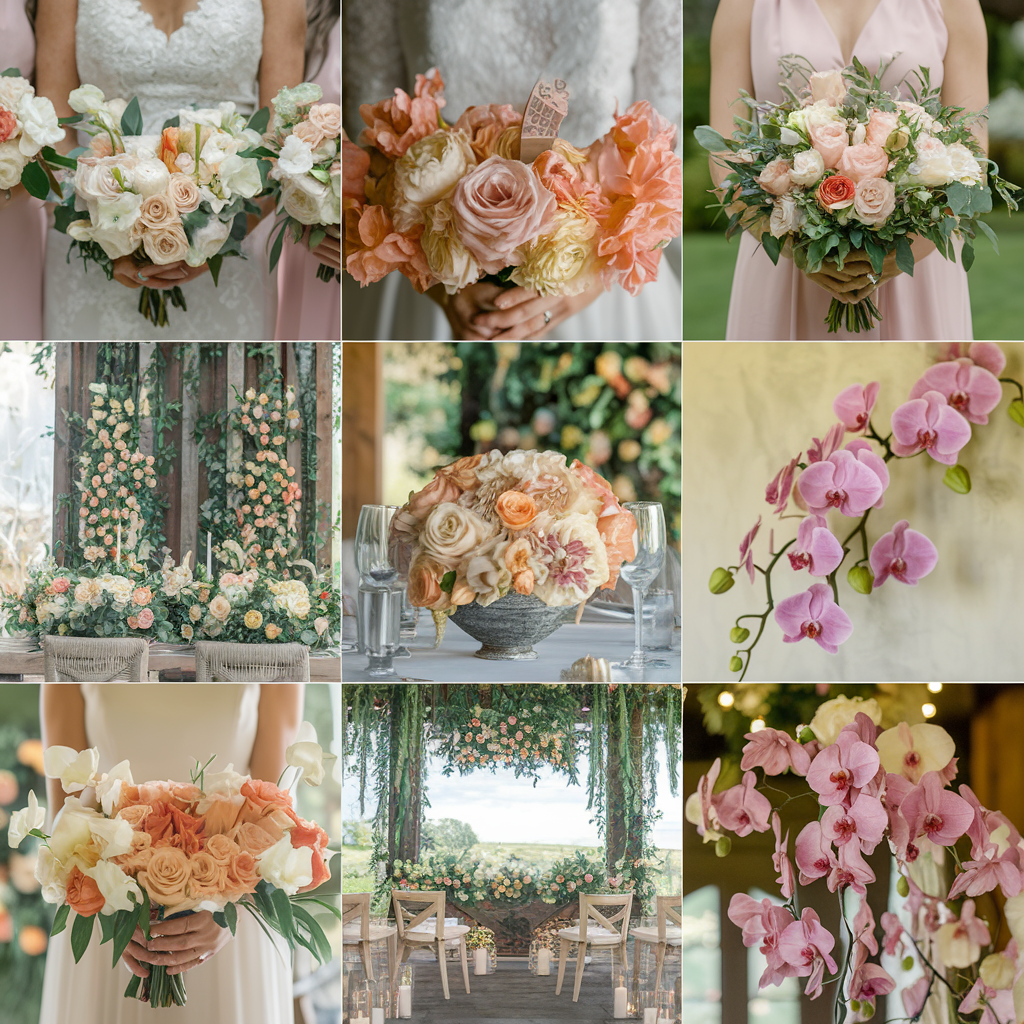
What makes flower costs vary so much? It depends on what flowers you choose and the arrangements you need.
Average cost breakdown
Here’s what you might pay for each floral item:
- Bridal bouquet: $150-$350
- Bridesmaid bouquets: $65-$125 each
- Boutonnieres: $15-$25 each
- Corsages: $25-$35 each
- Ceremony arrangements: $150-$400 each
- Reception centerpieces: $75-$250 each
- Cake flowers: $25-$150
Allocating funds for different floral elements
Not all wedding flowers matter the same. Smart couples can put their money where it counts most – think about what people will see the most and what will show up in photos.
Most professionals suggest this breakdown:
- 40% – centerpieces, head table, and cake table.
- 30% – personal flowers (bouquets and boutonnieres)
- 20% – ceremony space.
- 10% – wedding budget for extras
Tips for cost-effective floral arrangements
Do you want gorgeous flowers without the huge price tag? Try these tips:
- Pick in-season local flowers. They cost less and look more fresh.
- Use house plants.
- Use greenery to fill the space. Eucalyptus and ferns cost less than fancy blooms.
- Use flowers from your ceremony for the reception.
- Move altar arrangements to the head table.
- Make use of large flowers like hydrangeas to fill a lot of space with fewer stems.
- Be open about your budget to your florist as they can suggest the best options
Frequently Asked Questions (FAQ)
What difference does a color palette make for flower costs?
Wedding color scheme directly impacts flower costs because some blooms in specific colors cost more based on seasonality and availability.
Why do destination weddings in Jamaica affect flower arrangements?
Destination weddings in Jamaica require different floral arrangements due to climate factors and shipping challenges for certain bloom types. Caribbean venues like Jamaica, Mexico, and the Dominican Republic often have limited access to certain flower varieties; making local flora a more practical choice for your color palette.
When should couples order wedding flowers for a home ceremony?
Order flowers 2-3 months in advance—earlier than the 6-week mark for venue weddings.
What benefits do color palettes have when planning wedding flowers on a budget?
A well-planned color palette allows budget-conscious couples to substitute expensive flowers with similar-colored affordable options without guests noticing the difference. Using seasonal blooms that match your palette can save up to 40% on flower costs while still achieving your desired aesthetic. Focus first on colors rather than specific flower types—this gives your florist more flexibility to work within your budget while creating beautiful arrangements that maintain your vision.

I am an award-winning author who has deep insights into the world of dating & relationships. I have won several awards including Andromeda Magazine – Fantasy Short Fiction Story award amongst several other awards and writing achievements.